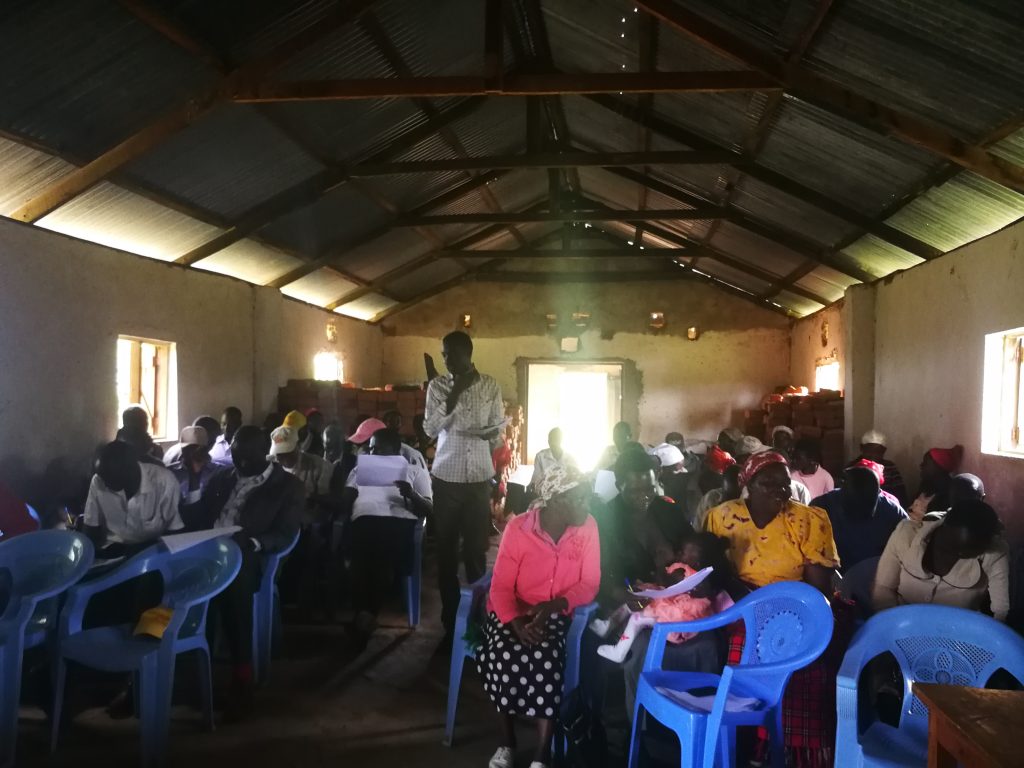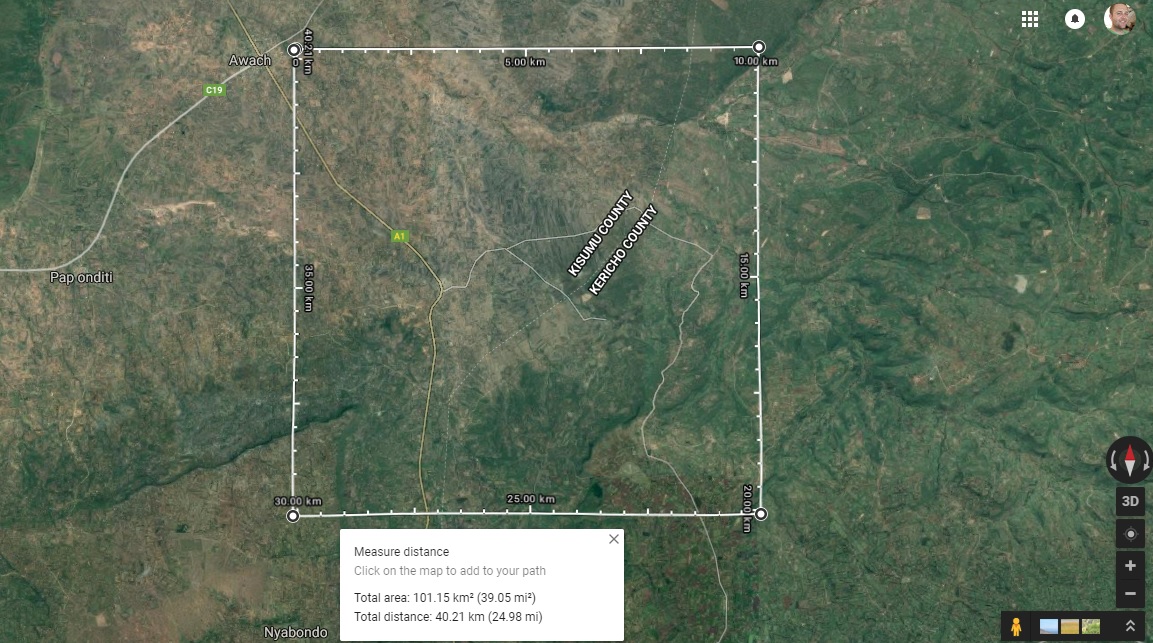So, what is a Community Based Organisation?

This is the last post in my intro series to explain the basic concepts of my research.
CBO’s are kind of exactly what they sound like. They are member lead voluntary organisations which are based within specific communities and exist to address the specific needs or aspirations of those communities. They can take on many forms, from self help groups where members share knowledge, skills, labour or tools to rotating finance systems where members sabe together and help to finance small loans to each other, to womens and youth groups which aim to work toward addressing the specific needs of those members.
In the Nyando CSV site in Western Kenya there are many groups such as these which would be classed as CBO’s in their own right. However within the CVS site these smaller groups have come together to form three large CBO’s where these groups can pool their resources, social and political capital to work for the benefit of the wider community of the area. The CVS site is an 10km square split between two counties (Kisumu county and Kericho county) and roughly covers the ares shown in the image below.

The Image above gives a rough snapshot of the CSV Site.
The area of the CVS site within Kisumu County occupies mostly flat land and is more densely populated and has more, smaller farms than the area of the CSV site that falls within Kericho county, which mostly occupies highlands, is less densely populated and has less, larger farms (you can click here to explore the area in more details in google maps and use the image above as a reference point, if you’re into that sort of thing).
Because of the demographic and topographic variability of the area in question, the CBO’s in their region and their members all have different needs, challenges and opportunities. For example, crops which may thrive in the lowlands of the Kisumu county area might not do as well in the Kericho county area, while livestock who benefit from large grazing areas in Kericho county might not be suited the smaller farms of the Kisumu county area. Despite this, the smaller CBO’s can work together through the larger CBO’s to benefit everyone by sharing knowledge, skills and resources, as well pooling their social and political capital to advocate to third party institutions such as local and national government agencies, NGO’s and multilateral agencies such as my hosts at The International Livestock Research Institute.
On top of this, Institutions like ILRI and their NGO and private sector partners can use the three larger CBO’s to disseminate information, training and even financial support to the smaller groups and their individual members, as such these Larger CBO’s almost act as hubs or points of contact between the small member groups and larger institutions.
The three Large CBO’s of the Nyando CVS side are called Friends of Katuk Odeyo (FOKO), NECODEP, and KAPSOKALE, with FOKO and NECODEP serving members in the area within Kisumu county and KAPSOKALE serving the members in the area of the CSV site within Kericho county.
For my research I will be visiting members of all three of the larger CBO’s to conduct surveys and interviews to figure out how these CBO’s operate and how they benefit their members in terms of helping them to adapt and finance climate smart agricultural technologies and practices, which I’m very excited about.
If you want to know more about the CBO’s of the Nyando CSV site and they work they do check out the links below which lead to blog posts written by researchers who are working in this area already.
https://ccafs.cgiar.org/blog/celebrating-women-farmers-nyando-transforming-lives-through-climate-smart-agriculture#.W4mcFuhKjDd
https://ccafs.cgiar.org/news/collective-action-climate-change-adaptation-and-mitigation-kenya#.W4mdT-hKjDc
https://ccafs.cgiar.org/blog/promoting-farmer-farmer-learning-western-kenya#.W4mdXehKjDc